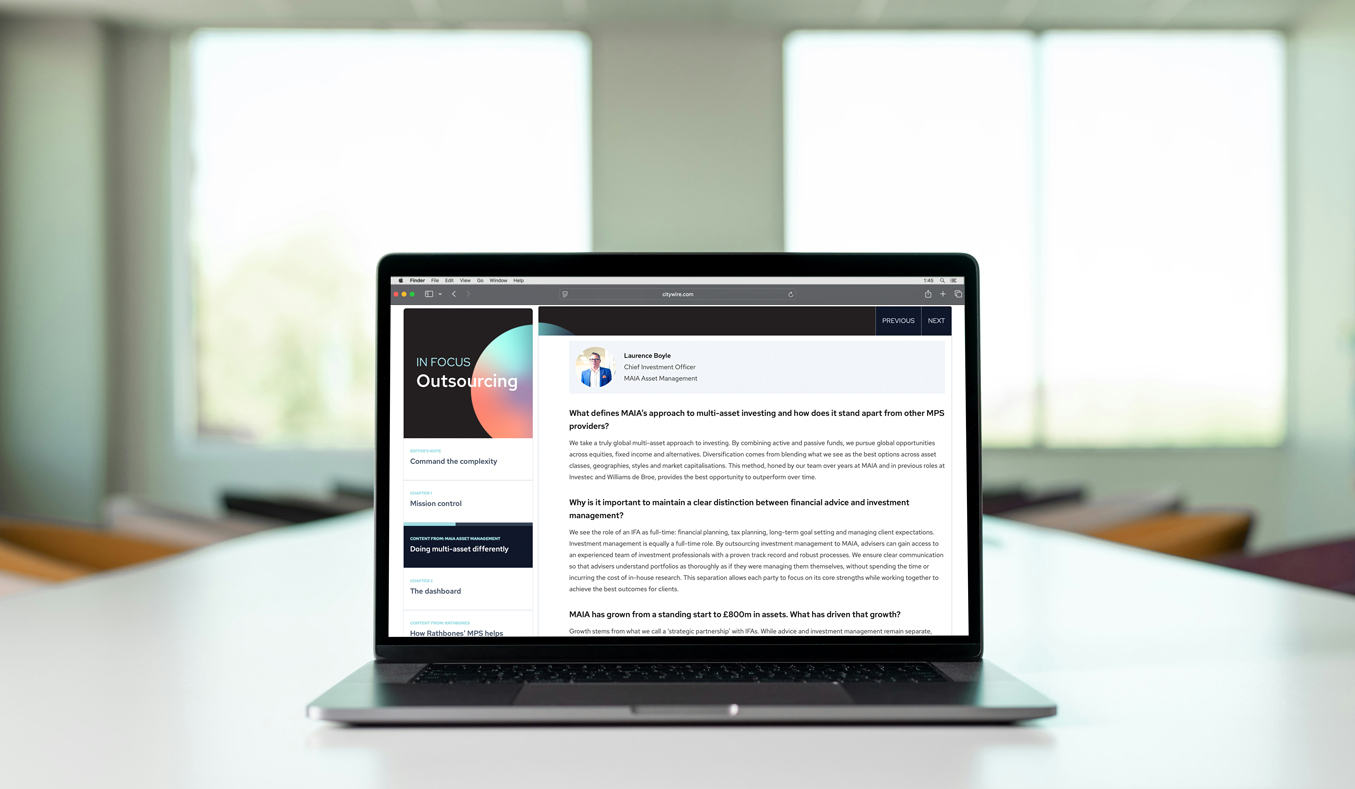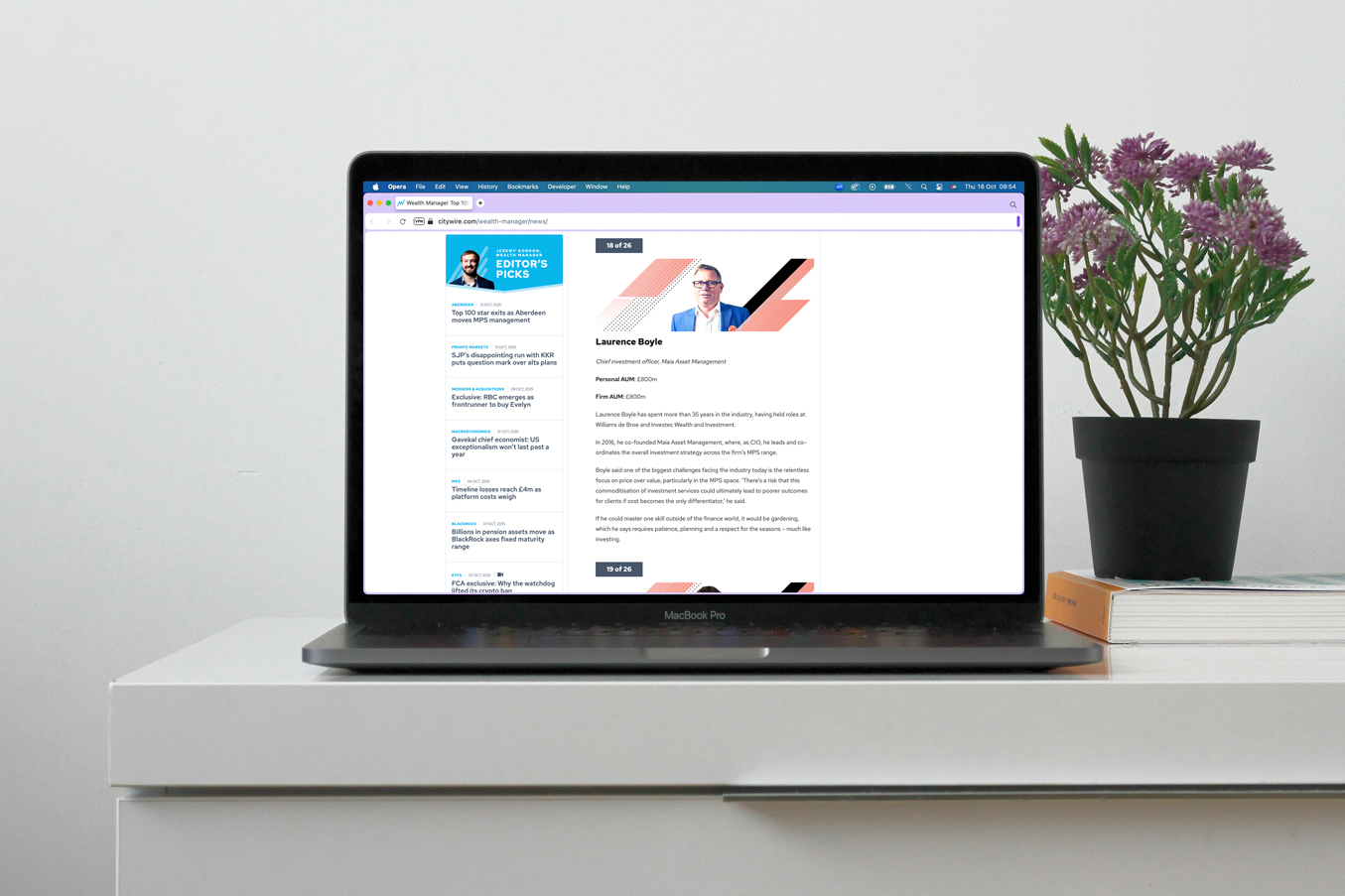
Tariff Basics – Understanding the Mechanism
A tariff is a tax imposed by a government on imported goods or services. It can take the form of a fixed fee per unit, a “specific” tariff, or be calculated as a percentage of the product’s value, known as an “ad valorem” tariff. In practice, tariffs are intended to make imported goods more expensive relative to domestic products, with the aim of protecting local industries or raising government revenue.
Why Are Tariffs Initiated?
Governments impose tariffs for several reasons. The most cited include the protection of domestic industries from cheaper foreign competition, raising revenue for the state, gaining leverage in trade negotiations, and retaliating against perceived unfair trade practices abroad. Tariffs can be unilateral, meaning they are imposed by one country without expectation of reciprocation, or they can be reciprocal, where one country raises duties in response to similar actions taken by a trading partner.
In the United States, where tariffs have been a key legislative power over the past few years, these tariffs have been initiated by the President under powers delegated by Congress. Key legislative tools include Section 232 of the Trade Expansion Act, which allows tariffs to be imposed on national security grounds, and Section 301 of the Trade Act, which addresses unfair trade practices by foreign countries. While Congress retains the ultimate authority over trade policy, presidents have increasingly used these sections to act swiftly, particularly when trade disputes require immediate attention.
Do Tariffs Bring Manufacturing Back?
One of the main claims made by promoters of tariffs is that they can incentivise the reshoring of manufacturing to domestic soil. The idea is straightforward: by making foreign goods more expensive, domestic production becomes more competitive, potentially boosting employment and industrial capacity at home. In practice, the results are mixed.
Where Tariffs Have Worked to Increase Manufacturing?
There are notable examples where tariffs have encouraged some firms to bring manufacturing back to the US.
Certain furniture and electronics manufacturers, for instance, relocated production from China to US states such as Texas and North Carolina in response to the 2018/2019 tariffs. Similarly, some niche electronics and automotive parts producers established small scale operations stateside to reduce exposure to import duties and supply chain volatility.
Also a few high-profile projects illustrate trade and investment is coming back to the US due to the latest round of tariffs:
- Semiconductor Industry: TSMC announced plans for a $12 billion fabrication factory in Phoenix, citing tariffs and geopolitical considerations as part of the rationale. Intel has also agreed to rapidly expand its Arizona Fabrication plant.
- Aluminium Production: Novelis Aluminium and Kaiser Aluminium increased domestic capacity to meet demand affected by tariffs at the start of the year.
Where This Has Not Been the Case?
There are also equally compelling examples where tariffs have not achieved the intended goal. The US steel industry, which received significant protection under President Trump’s first term in office, saw only modest job gains. Estimates suggest that roughly 1,000 to 2,000 net new jobs were created, far fewer than anticipated. Meanwhile, steel-consuming sectors such as automotives and construction faced higher input costs, which in some cases resulted in layoffs or delayed investment.
Even though the latest round of tariffs has only just been enacted, already some companies have relocated to other countries to avoid them, without reshoring in the US. For instance, Nike has moved part of its footwear production to Vietnam instead of the US. Similarly, some electronics manufacturers shifted assembly from China to Mexico as well.
These differing outcomes highlight the complexity of the issue: tariffs can provide a temporary shield for certain industries but may simultaneously create costs for the broader economy.
Trump’s Tariff Push – Scale, Rationale, and Early Results
Under the banner of “Make America Great Again,” the Trump administration initiated one of the largest tariff programs in modern US history. The policy targeted key trading partners, including China, the European Union, Japan, the UK, Canada, Mexico, India, and others, across a wide range of products. The rationale was threefold: reduce the trade deficit, incentivise domestic manufacturing, and penalise countries perceived to engage in unfair trade practices.
What Have Economists Predicted for the Implications of Tariffs on the US Economy?
On growth and inflation, the Federal Reserve’s own modelling estimates that the tariffs could reduce US GDP by around 1.8% while contributing roughly 1.1% to inflation over two to three years. These figures reflect the dual pressures of higher import costs on businesses and consumers, combined with a modest stimulus for domestic producers protected by tariffs.
Are Consumers Still Importing Goods?
Despite the tariffs, U.S. consumers have so far continued to purchase imported goods. Retail giants like Target and Walmart reported limited flexibility in sourcing products such as smartphones, electronics, and textiles. Tariffs have raised prices, but demand for essential and high-demand consumer items remains strong, particularly in categories where U.S. manufacturing cannot fully replace imports. Companies have sought to navigate tariffs by adjusting supply chains rather than fully reshoring production, for instance, relocating some manufacturing to other countries such as Vietnam and Mexico, which allow them to maintain competitive pricing without returning entirely to the US.
What Is the Public Opinion on Tariffs in the US?
Public opinion in the US is divided. Polling data suggests that half of Republican voters’ support tariffs as a patriotic economic measure, while the other half of Republican voters, many Democrats and independents have expressed concerns about higher prices and strained international relationships. This partisan split reflects both the political framing of tariffs, and the real-world trade-offs consumers face in paying more for everyday goods.
Why Tariff Rates Differ Between Countries?
One of the more nuanced aspects of US trade policy is the variation in tariff rates applied to different trading partners. Rates are not set arbitrarily; they are influenced by the nature of bilateral agreements, trade balances, and geopolitical considerations.
Factors Influencing Tariff Rates
Several key factors determined how much the U.S. tariffs have been so far:
- Trade Deficit with the Country: Countries with large deficits relative to the U.S. often faced higher tariffs, incentivising greater purchasing of U.S. goods.
- Geopolitical Strategy: Tariffs are sometimes used as a tool to exert pressure on nations with contentious foreign policy or trade practices.
- Industry Sensitivity: U.S. policymakers prioritised certain industries (steel, aluminium, semiconductors) for protection, which could lead to targeted tariffs on countries supplying critical inputs.
- Negotiation Leverage: Tariffs are effectively a bargaining chip to encourage countries to agree to structural reforms, reduce non-tariff barriers, or enhance market access for U.S. products.
Countries with recent trade frameworks, such as the EU, Japan, South Korea, Vietnam, and the UK, face lower tariffs (10–20%) as part of negotiated deals that also reduce barriers for US exports. Other countries, including Canada, Mexico, India, and Taiwan, have been subject to higher duties, in some cases 20–50%, reflecting ongoing negotiations, unresolved disputes, or retaliatory measures.
These rates are dynamic and can change if countries comply with US demands, such as increasing purchases of American goods, altering market access rules, or cooperating on broader policy objectives. Conversely, non-compliance or political tensions can result in further escalation, illustrating the inherently fluid nature of tariff regimes.
US Tariff Revenues – Who Pays, and How Much?
From a fiscal perspective, tariffs have become a significant revenue source for the US government. In June 2025 alone, tariff collections reached $27 billion, nearly quadruple the amount from the same period in 2024.
Looking forward, the administration has projected that if current tariffs remain in place and import levels are maintained, annual revenues could exceed $300 billion. These funds have been earmarked to finance tax cuts and other fiscal measures, providing an additional policy lever to influence economic outcomes.
Who Ultimately Pays?
The distribution of tariff costs between U.S. businesses and consumers has been the subject of multiple studies. The Peterson Institute for International Economics estimated that roughly 78% of tariff costs are absorbed by domestic firms through margin reductions, supply chain adjustments, or higher operational costs. Only about 22% of the cost so far, is directly passed to consumers in the form of higher retail prices.
Example:
- Apple: When tariffs on components from China were implemented in 2019, Apple absorbed much of the added cost initially to avoid raising iPhone prices dramatically. Analysts noted that profit margins in its supply chain were squeezed, illustrating the 78% business-borne cost in action.
- Walmart: The retail giant reported that tariffs on imported toys and electronics resulted in some cost pass-through to customers, but most of the burden was managed through price adjustments, sourcing changes, or absorbing margin reductions.
Future Outlook – Winners, Losers, and Global Implications
Potential Benefits for the U.S.
Firstly, tariffs strengthen U.S. leverage in trade negotiations. By threatening or imposing duties, the U.S. encourages partners to reduce barriers to American exports, as seen in agreements with South Korea and Japan where tariff reductions were linked to concessions on auto imports and digital trade.
Secondly the U.S. may benefit if tariffs succeed in reshoring production or strengthening domestic industries. As highlighted above, a small number of semiconductor manufacturing projects have been announced including Intel’s Arizona Fab Expansion and Taiwan Semiconductor Manufacturing Company (TSMC) new plant in Phoenix. This comes at a time where the administration is also looking into taking a stake in Intel to have some control over their semiconductor capacity. This shows how important the design and manufacturing of chips is for now and the future of the US economy.
If these projects deliver, they could help reverse decades-long trends of offshoring and create thousands of high-tech jobs.
Other beneficiaries have also been unearthed for the US administration with specific deals made with Apple & Nvidia.
Apple is now upping its spending in the US with an additional investment of $100 billion ($600 billion in total) to remove it from being subject to US tariffs on the import of chips for its manufacturing processes.
The administration is also looking into whether it can place a tax on specific Blackwell Nvidia chips sold from the US to China. This will mean that Nvidia will not lose out on the sales of those chips to China but with a 15% tax revenue paid on every unit sold, the US treasury will earn off those sales. It’s not yet clear how Nvidia will respond to this potential tax and whether prices will increase or they will take the hit on the underlying profit per unit.
Both undertakings highlight how the US is targeting revenue raising opportunities not just from a country perspective but a company perspective as well.
Strategic Risks and Potential Losers
However, the U.S. may also face significant risks. Other countries have already deepened trade ties with non-U.S. partners to circumvent tariffs. For example:
- Vietnam: Manufacturers in textiles, electronics, and furniture have increasingly shifted production to Vietnam to avoid U.S. tariffs on Chinese goods. The World Bank reports that Vietnam’s exports to the U.S. increased by over 17% from 2018 to 2020, with this increasing further recently, suggesting trade diversion rather than reshoring.
- Mexico: Automotive production has surged in Mexico, driven partly by U.S. tariffs on certain Chinese auto components. Companies such as General Motors and Ford have increased Mexican assembly to manage costs.
This shift could diminish the long-term strategic benefit of tariffs, as global supply chains adapt to U.S. duties. There is also the potential for political blowback: prolonged tariffs can erode goodwill and influence the U.S.’s position in global institutions.
Lawrence Summers, former US Treasury secretary, is sceptical that the Tariffs will provide the US with the intended results that the administration believe they will. In a recent interview with Bloomberg, he stated that he believes that ‘a lot of investment will actually leave the US, making ourselves [the US] a more problematic hub for production as input costs will have to rise over time’ (Bloomberg August 2025).
He also went on to say that this is not the time for the US to alienate itself, as this will push some countries away from the us to other countries for their manufacturing and goods. ‘There is a clear winner here, there really is only one winner in the strategy that we [the US] are pursuing, and his name is XI Jinping’ (Bloomberg August 2025).
Impact on Growth, Inflation, and Global Economy
Economists widely agree that tariffs introduce both direct and indirect costs that affect growth and inflation. According to the Congressional Budget Office and Federal Reserve analyses, tariffs could:
- Reduce U.S. GDP by 1–2% over a two-to-three-year horizon.
- Add 0.5–1.5% to inflation due to higher import prices, particularly for electronics, appliances, and consumer goods.
- Constrain investment in export-oriented industries due to retaliatory duties from trading partners.
Globally, prolonged tariffs may slow trade flows and increase input costs in other countries. For example, European automotive suppliers exporting to the U.S. face higher costs and uncertainty. Similarly, companies in East Asia have accelerated regional supply chain diversification to reduce reliance on U.S. markets.
Conclusion – A Moving Target in Global Trade
In summary, tariffs represent a complex, double-edged policy tool.
For the US, potential positives include the reshoring of select industries, increased government revenue, and greater leverage in trade negotiations. The negatives, however, are equally significant: higher costs for consumers and businesses, risks to export-oriented sectors, and the possibility of retaliation from trading partners.
For the rest of the world, tariffs create opportunities and challenges alike. Non-US markets may benefit from trade diverted from tariff-affected routes, and some countries gain bargaining power in bilateral negotiations. At the same time, exporters lose access to one of the world’s largest markets, and trade tensions can spill over into broader political and diplomatic arenas.
Ultimately, it is too early to fully measure the impact of US tariffs. Much will depend on whether these measures remain in place, how trading partners respond, and whether American industry genuinely rebuilds capacity in a sustainable way. This is not a short-term experiment; it is a moving, evolving aspect of global trade that will influence economic and political dynamics for years to come.
This website is aimed at Independent Financial Advisers, please tick the box to confirm that you are an IFA before entering the website.








